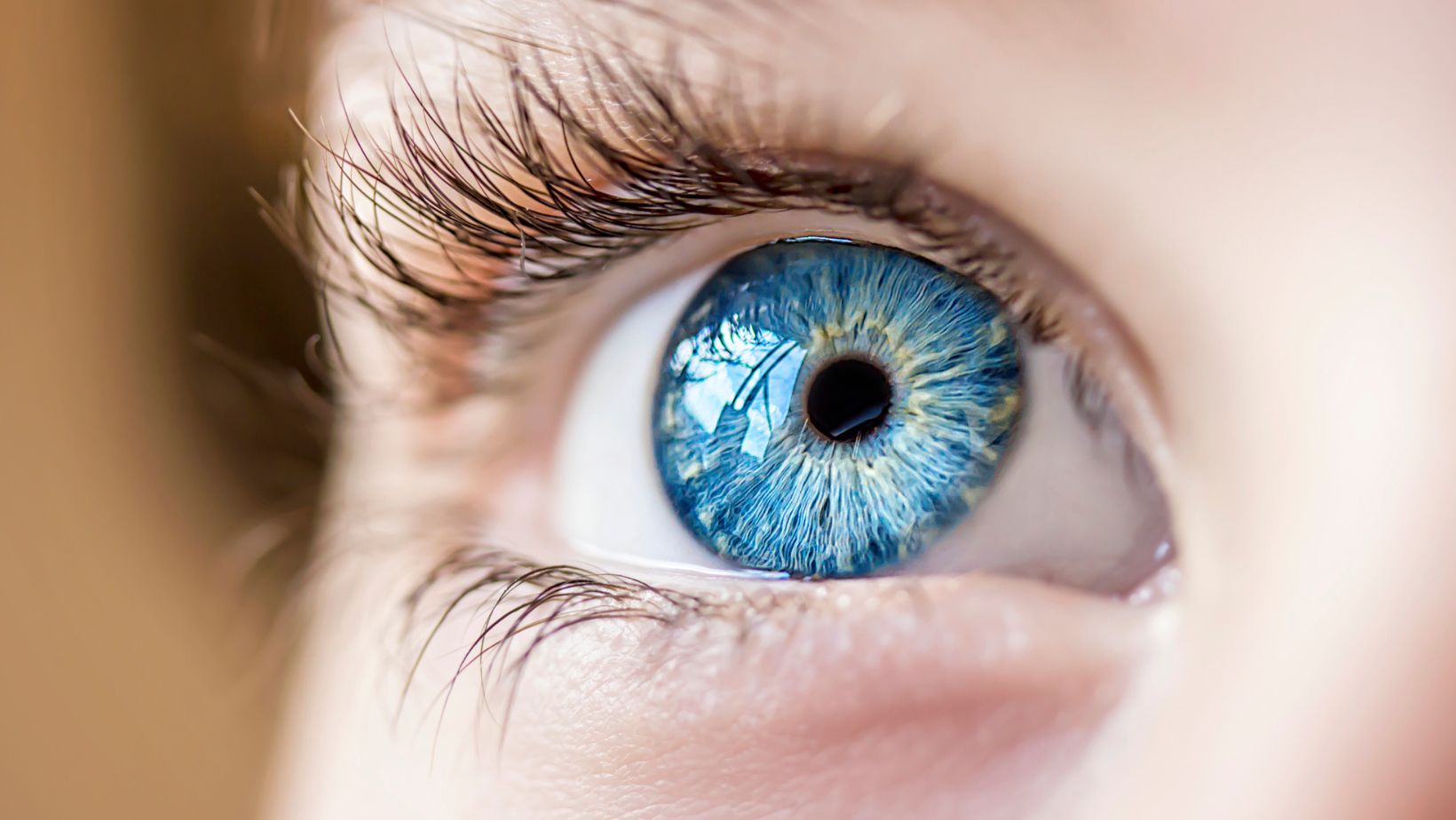Researchers are working on gallium-based photovoltaic implants that could be used to treat diseases such as macular degeneration.
One of the most common causes of blindness is the degeneration of photoreceptors, the cells that regulate the perception of light and color. This is usually triggered by diseases such as retinitis pigmentosa or the widespread age-related macular degeneration. Neuroprosthetics – devices that interact with the nervous system to restore lost functions – could offer a therapeutic approach. One well-known example is the cochlear implant for deaf and hearing-impaired people, which converts sound into electrical signals. An international group of researchers at the University of New South Wales in Australia is now working on making this principle usable for people with sight loss. They are relying on photovoltaics: tiny solar panels are to convert the light entering the eye into electrical impulses and transmit the visual information to the brain without involving the damaged photoreceptors. The device could even supply itself with electricity, explains one of the researchers involved, Dr. Udo Roemer; a major advantage, because unlike electrodes, for example, no wires or cables would be needed in the eye.
Gallium as the Material of Choice: Potential Advantages for Eye Implants
Solar cells for restoring vision are already being researched, says Roemer. However, instead of silicon, the most common photovoltaic material to date, he and his team are concentrating on other semiconductor materials such as gallium arsenide and gallium indium phosphide, as the properties of these materials are easier to control. The industry uses them to produce so-called thin-film solar cells; compared to the market-dominating thick-film modules made of silicon, they are much lighter in weight and could also achieve higher efficiency in the future. In 2021, the Fraunhofer Institute ISE made headlines with a gallium arsenide solar cell that reached a record efficiency of almost 69 percent (we reported).
The design of these solar panels also speaks for a possible use in vision loss, as gallium arsenide is much easier to layer than silicon, according to Roemer. Several layers are necessary to generate sufficient voltage to stimulate the neurons. In addition, (smart) glasses could be required that work together with the solar cells and amplify the light signal.
According to Roemer, research is currently in the proof-of-concept phase, which serves to demonstrate basic feasibility. Laboratory tests to date have gone well, but there is still a long way to go before the technology can be implanted in the retinas of people with degenerative eye diseases.
Read more: Researchers at Yonsei University in Seoul, South Korea, recently presented a different approach to restoring vision, but also using gallium.


